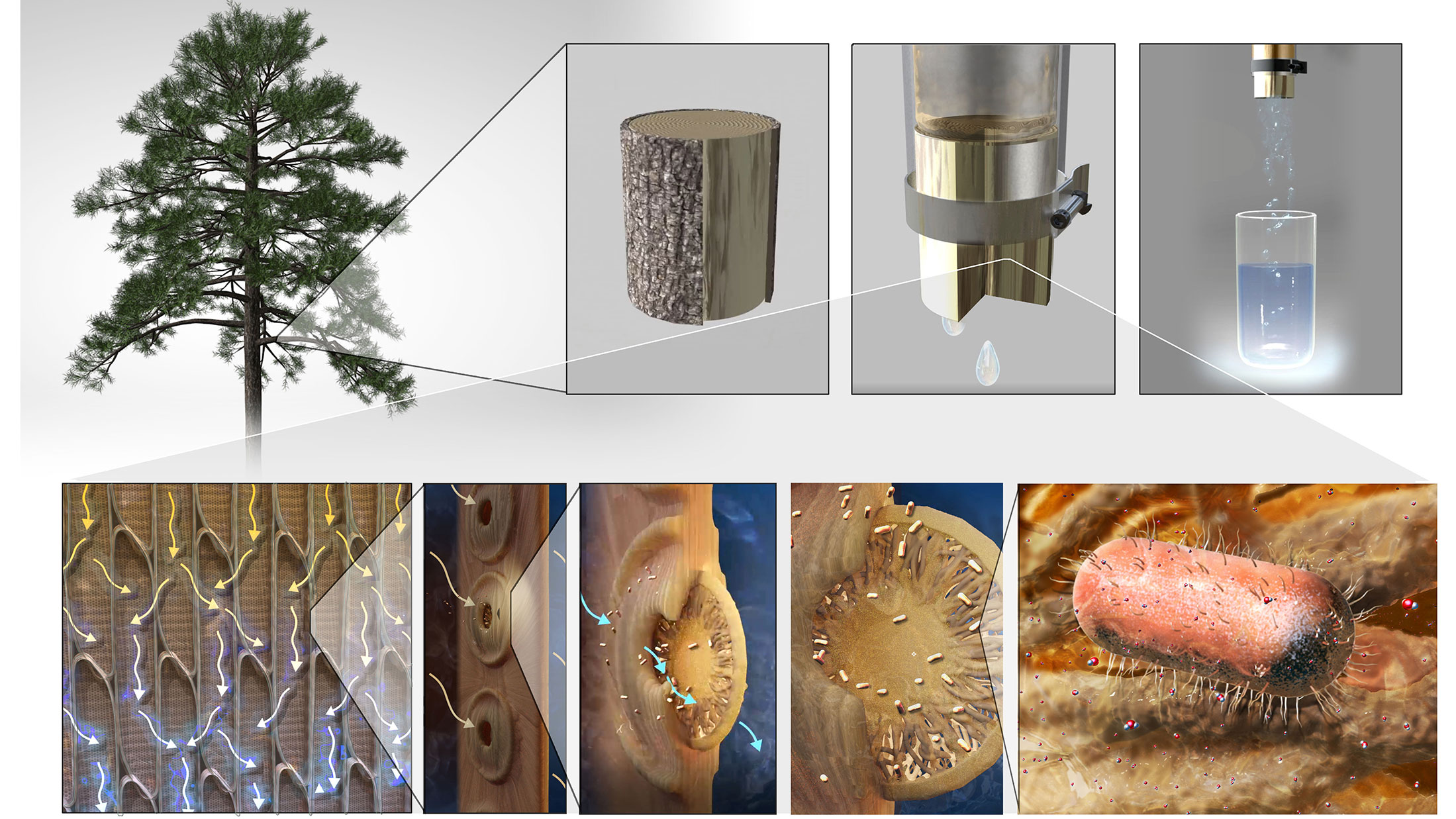Top News
Today’s Featured News
-
-
In the Media
Featured Videos
Researchers have developed new water filters made from the plant xylem that can filter out pathogens such as E. coli and rotavirus, and could serve as an alternative to more cost prohibitive options currently on the market in resource constrained communities in India.
Engineer and computer scientist Katie Bouman talks about her work with the Event Horizon Telescope collaboration, which published the first picture of a black hole in April of 2019.
While many in our community have been away over the past year, MIT's campus has been transformed: Two new student residences are complete, and MIT-built buildings have reshaped Kendall Square.
In class 2.008, Design and Manufacturing II, mechanical engineering students at MIT learn the fundamental principles of manufacturing at scale by designing and producing their own yo-yos.
A team of researchers has developed a new generation of tiny, agile drones that look, act and maneuver like actual insects allowing them to operate in cramped spaces and withstand collisions.
When Covid-19 arrived at MIT last March, shutting down all in-person events, MIT's Activities Committee (MITAC) quickly pivoted and began offering a variety of activities and talks in a virtual format.


























